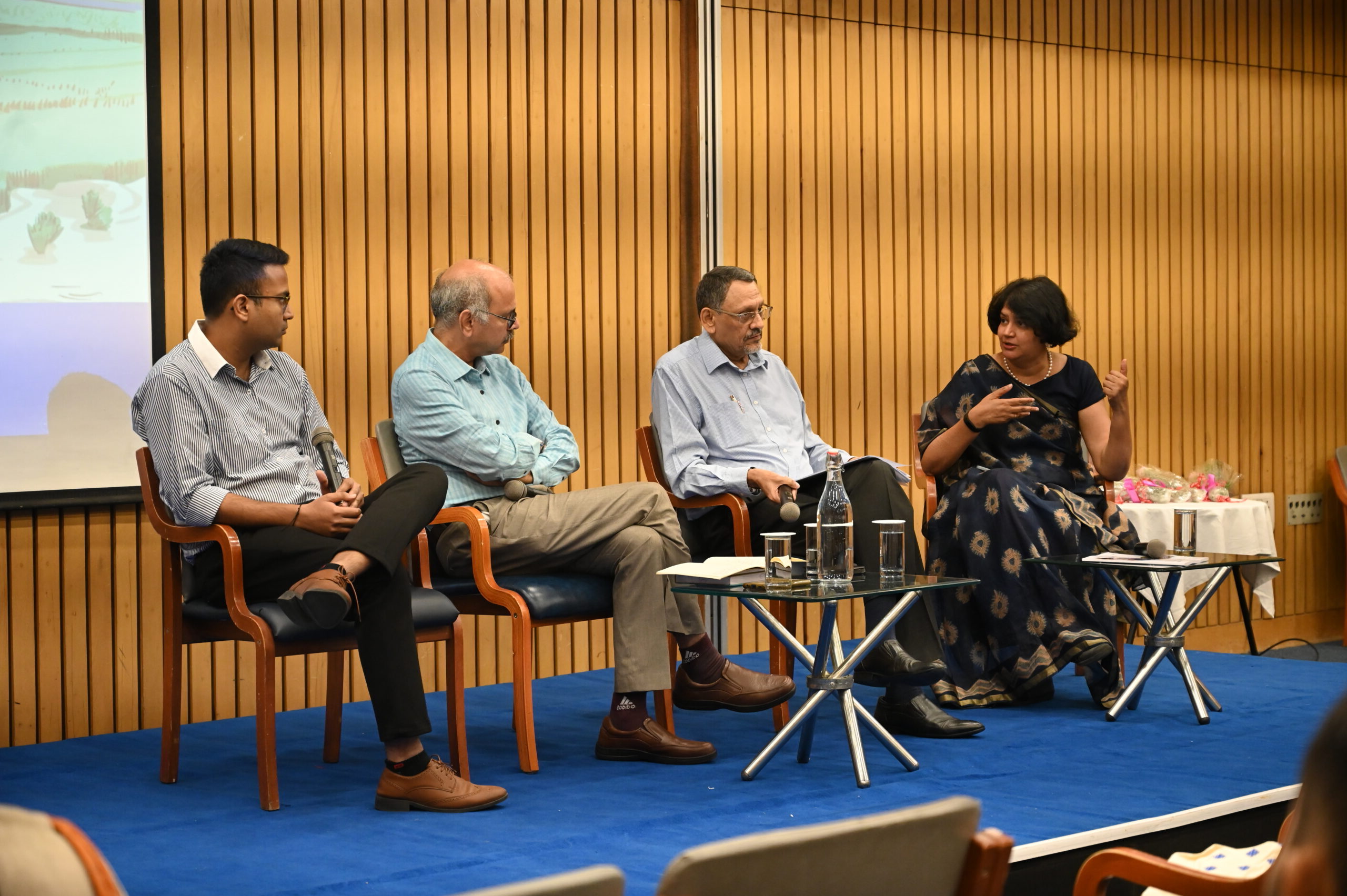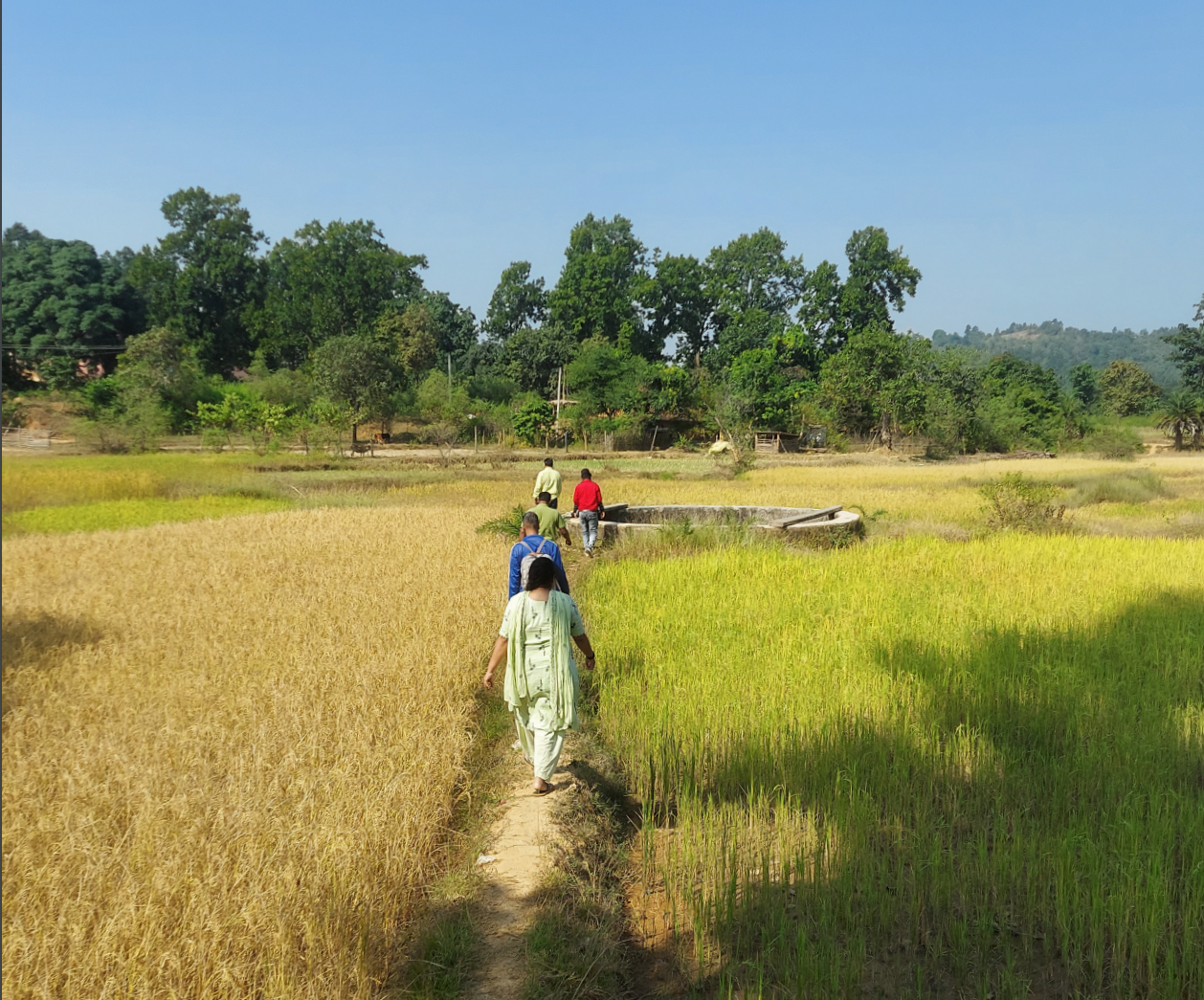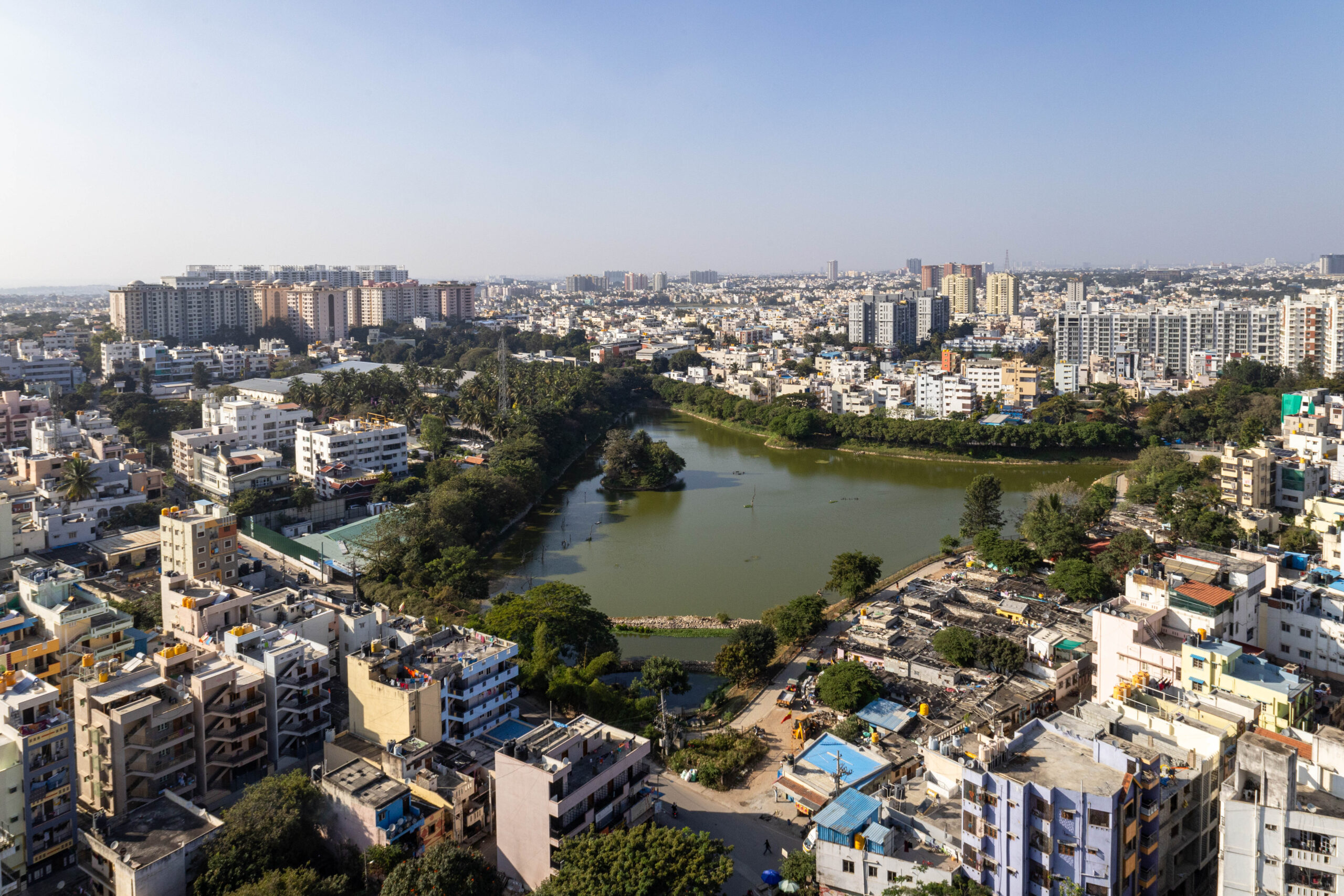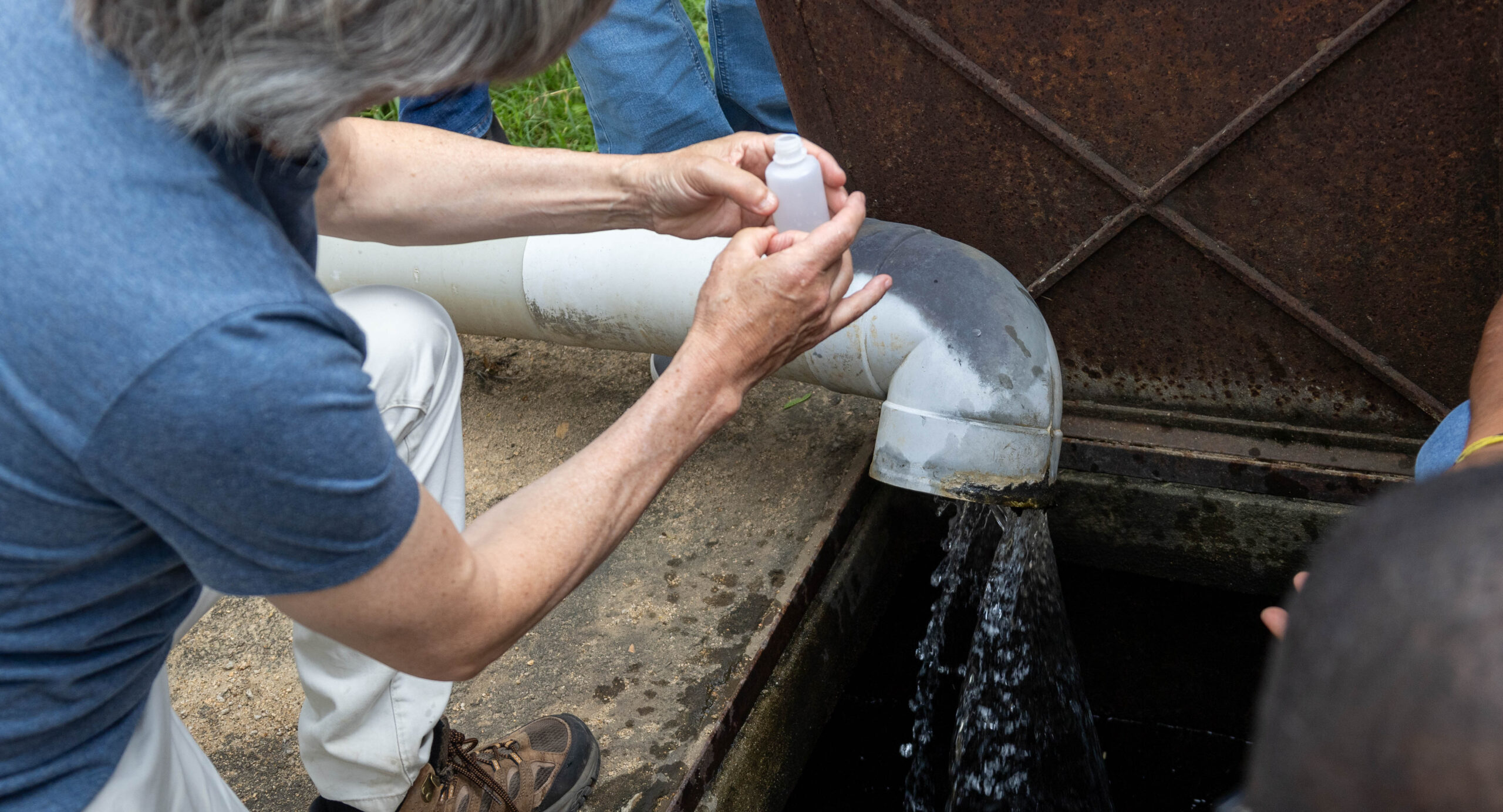How WELL Labs Is Using Systems Transformation to Solve Complex Water Challenges in India
This blog is excerpted from WELL Labs’ Annual Report 2024–2025.
You can read the report here.
In April 2025, WELL Labs completed two years. The journey has been incredible—we started with 30 people and have now more than doubled in size, both in terms of personnel and projects. Over the past year, we laid the groundwork to solve complex problems in the water sector at scale, which requires addressing their links to environmental, land, and livelihood challenges.
Our experience showed that a ‘product’ approach to scaling solutions—finding a solution that works and then scaling it—is not appropriate for water issues.
While it might work in the technology sector, environmental challenges are multi-faceted and involve zero-sum games (interventions benefit one group only at the expense of another).
Farm ponds, a common intervention in the water sector, illustrate this challenge. They benefit the farmers who build them, but could reduce water availability downstream, as the total water in the watershed remains the same. Thus, wealthier farmers, who can afford to sacrifice a part of their land to build farm ponds, capture rainwater, while water bodies downstream, typically accessed by landless herders, often dry up.
Another approach to scaling solutions is ‘systems transformation’, that is, enabling a structural shift in how interconnected systems (such as economic, ecological, social, etc.) function.
Many systems persist in low-level equilibria because of ‘lock-ins’—a situation where interdependent institutions, technologies, behaviours, and incentives become so entrenched that they reinforce each other, even though they might negatively impact most stakeholders. Lock-ins make it difficult to shift to an alternative system, even when the current one is not effective, equitable, or sustainable.
Irrigation projects in India exemplify these lock-ins and systemic challenges.
Federal and state governments spend ₹50,000-100,000 crore annually on dams and canals, but the net irrigated area has largely stayed stagnant. This is because water distribution in most canal-command areas is inequitable and inefficient.
Farmers at the head-end of the dam receive most of the water, while the tail-end remains dry. Thus, tail-end farmers refuse to pay to maintain the system, hampering its upkeep. This results in the control over water becoming less reliable, leading to waterlogging at the head-end.
Since paddy is one of the few crops that thrives in waterlogged conditions, farmers are locked into paddy cultivation even though they could potentially earn more from crops requiring less water. Thus, everyone ends up being stuck in a non-functioning, sub-optimal system.
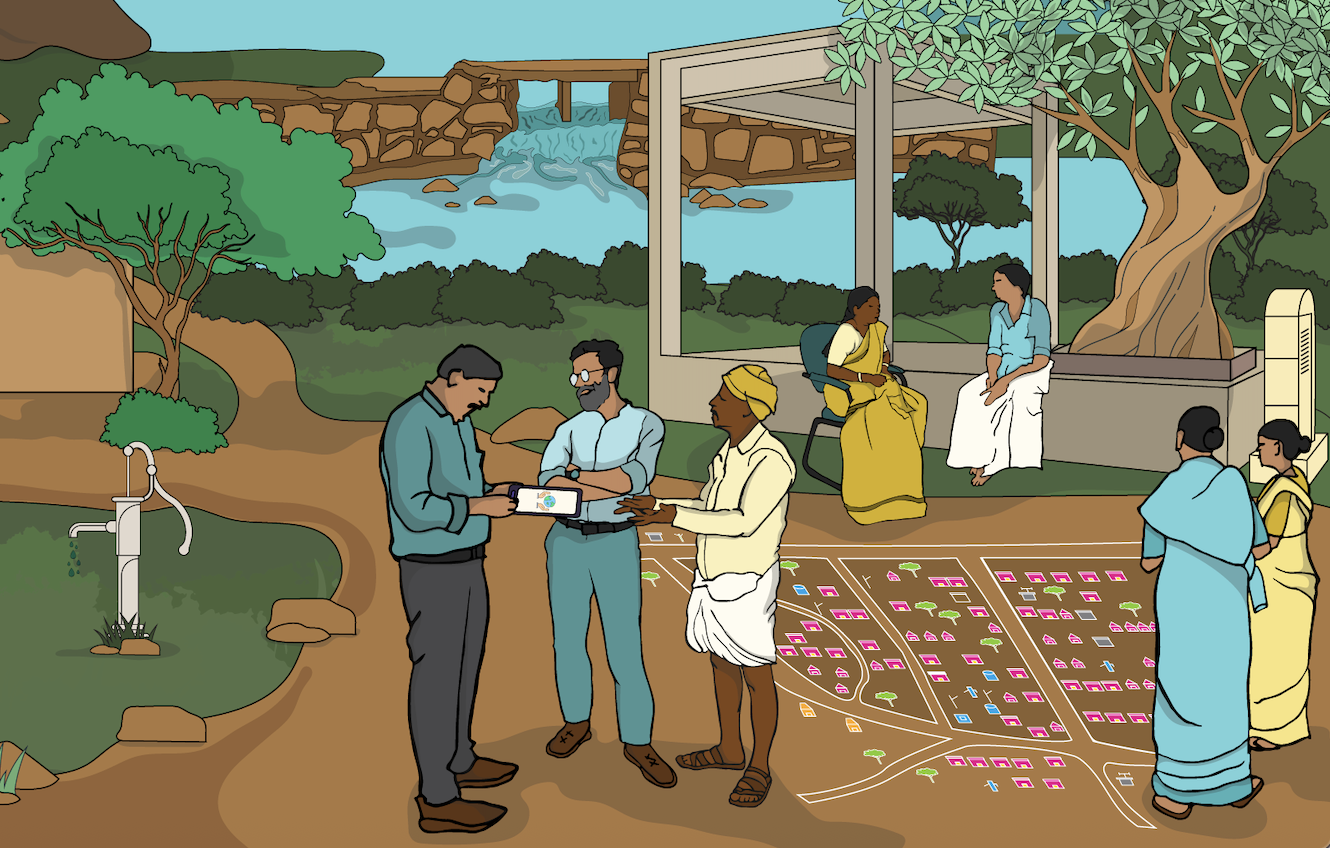
We test different approaches to identify the drivers of impact across urban and rural landscapes
WELL Labs overcomes water challenges in India by breaking such systemic lock-ins.
Moving systems that are stuck requires addressing multiple lock-ins simultaneously to reconfigure the whole system. This approach helped us identify four overarching goals:
- Goal 1: Transform the lives of rural residents by increasing agricultural incomes while restoring degraded land and water.
- Goal 2: Make Indian cities and towns more water-resilient and water-secure through water circularity and nature-based solutions.
- Goal 3: Redirect spending in the water sector to improve climate resilience and water security.
- Goal 4: Scale up the generation and exchange of knowledge and evidence in the social sector.
Each goal has a roadmap—a set of outcomes or milestones that lay out how it will be achieved.
Our roadmap helps us deploy our scientific expertise to test different approaches and identify the drivers of impact across urban and rural landscapes. Each outcome is associated with a hypothesis that demonstrates how the activities and outputs we generate will result in a particular desired outcome. The theory of change for each goal ties together the causal links and hypotheses we have formulated based on the available scientific evidence and insights from other interventions.
Towards our rural transformation goal, we are building equitable canal water distribution systems and improving agricultural productivity.
In this endeavour, we are working closely with Prarambha and the Canal Area Development Authority to build piped field irrigation channels in the Narayanpura Right Bank Canal Distributary 10, while reducing water-intensive monocultures and the heavy use of synthetic pesticides and fertilisers.
Towards our urban water goal, we developed a framework for lake rejuvenation.
Over 100 organisations and individuals have shown interest in collaborating on the framework, which was built in partnership with the Bruhat Bengaluru Mahanagara Palike (BBMP), DCB Bank, and Friends of Lakes.
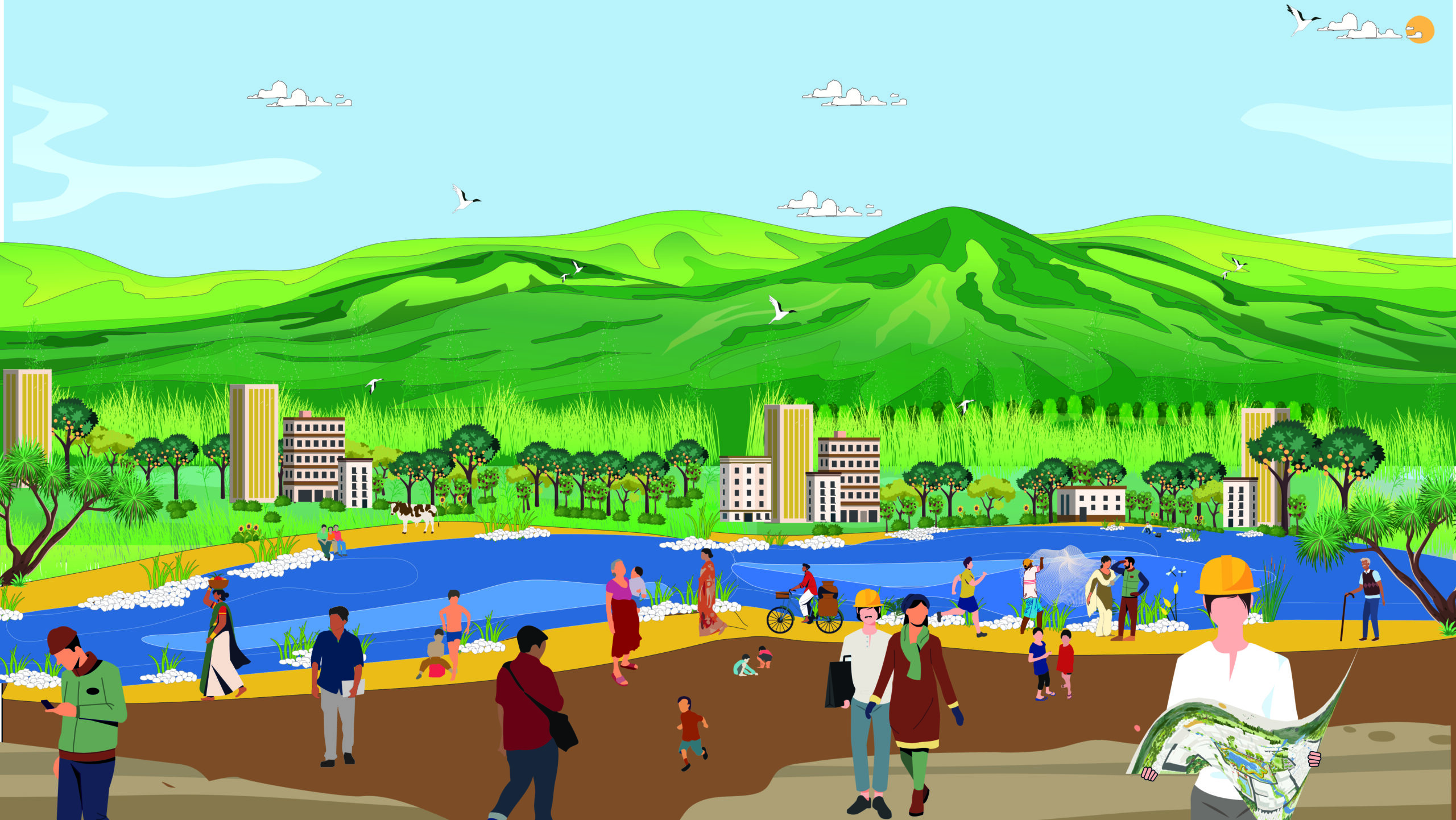
We are working towards making cities water secure through water circularity initiatives and nature-based solutions
Towards our goal of redirecting funding in the water sector, we established the Water Index for Sustainability, Equity, and Resilience (WISER) initiative to accurately assess and monitor water security outcomes.
In partnership with the Environmental Defense Fund, we conducted three in-depth evaluations of large-scale water-security interventions and are building a toolbox to make monitoring, evaluation, and learning more robust and accessible for grassroots organisations with limited resources.
Towards our goal of scaling knowledge exchange, we launched the Green Rural Economy (GRE) platform.
It connects changemakers with service providers to accelerate the discovery and implementation of sustainable solutions. We facilitated 80 matches between organisations working on various themes, such as agriculture, waste management, and livelihoods, and created 40 playbooks on these topics to promote cross-learning.
Our approach has resulted in significant wins in terms of working with governments to shape policies and programmes, and developing frameworks and toolboxes to optimise impact.
The year ahead promises to be even more exciting as we build upon our systems transformation work. We look forward to leveraging our partnerships with governments, businesses, and civil society organisations to scale successful solutions and transform the water sector.
Acknowledgments
Author Veena Srinivasan
Follow us to stay updated about our work.

